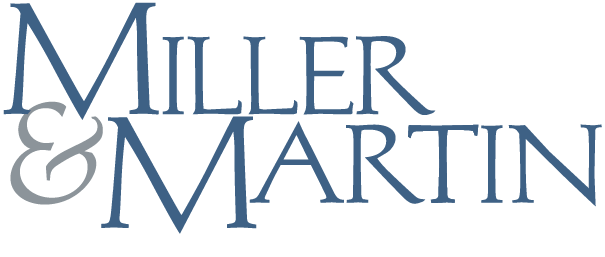TOSHA's Most Cited Standard in the Construction Industry for 2017 was Fall Protection Training Requirements
Miller & Martin PLLC Blog | July 05, 2018
Author:
So what are the fall protection training requirements that TOSHA enforces? OSHA Standard CFR 1926.503 is the fall protection training requirement standard for construction. The standard provides a few simple statements such as “The employer shall provide a training program for each employee who might be exposed to fall hazards.” and “The program shall enable each employee to recognize the hazards of falling and shall train each employee in the procedures to be followed in order to minimize the hazards.”
While the statements in 503(A)(1) are simple statements, they envision a substantive training program. The subsections go on to describe the training that is necessary for each employee and specifies that the training must be conducted by a competent qualified person for the following areas:
- The nature of fall hazards in the work area;
- The correct procedures for erecting, maintaining, dissembling and inspecting the fall protection system to be used;
- The use and operation of guard rail systems, personal fall arrest systems, safety net systems, warning line systems, safety monitoring systems, controlled access zones, and other protection to be used;
- The role of each employee in the safety monitoring system when the system is used;
- The limitations on the use of mechanical equipment during the performance of roofing work on low slope roofs;
- The correct procedures for handling and storage of equipment and materials and the erection of overhead protection;
- And the role of employees in fall protection plans.
The standard also incorporates Subpart M of the Safety & Health Regulations for Construction related to fall protection.
While the language of the regulation is fairly simple, it makes a number of assumptions that must be satisfied by the employer.
Assumptions include:
- that the employer will train each employee for fall protection with a competent qualified person;
- a hazard assessment relating to fall hazards has been conducted in the work area;
- the employer and employee have access to the appropriate fall protection system to be used or one that will satisfy fall protection for the work area;
- each employee understands his or her role related to the safety system;
- the employee understands the limitations and correct procedures for using, handling, storing fall hazard protection equipment; and
- the remaining standards for fall protection, including the scope, duty and systems themselves are understood by all employees.
It is no wonder the fall protection training is the most cited standard violated over the past year as the standards in CFR 1926.503 not only encompass its own language, but the entirety of Subpart M related to fall protection and encompass several assumptions related to hazard analysis, training, inspection and the like. Satisfying the fall protection training requirements standard is a completed and expansive task that requires continual vigilance by employers and employees.
Tags: OSHA, Multi-Employer Worksite, Hazard Investigation, Controlling Employers

